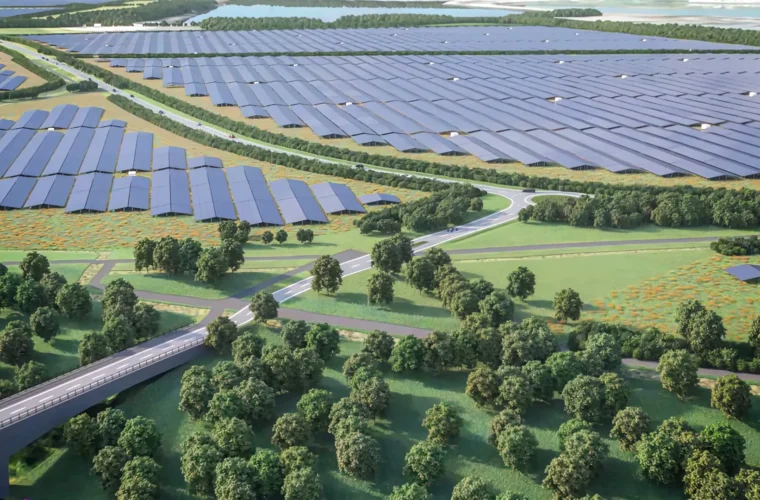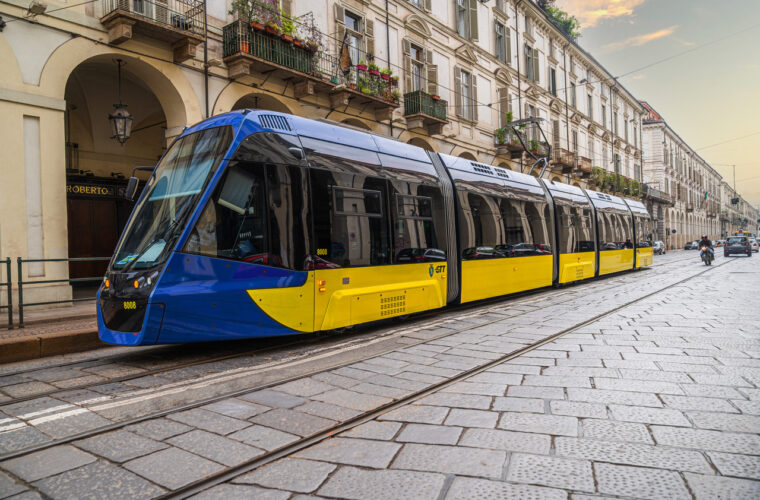Sustainable Construction Technologies – The Way You Build Your Future Home
Sustainable construction technology, also known as “green technology,” makes efficient use of resources and energy. It has a lower carbon footprint, meaning less impact on the environment. The overriding principle in sustainable construction technologies is to ensure a better quality of life with lower life-cycle environmental impacts and more re-use.
The sustainability context implies site design, maintenance, repair, demolition, and building operations that will cause a minimal amount of harm to the surroundings. The process requires an elaborate collaboration of the construction engineers, the client, and the architects. The aim is to ensure that the final product is reliable, durable, and reduces pollution.
Take a look at some of the top edge companies and technologies for home builders.
Solar power
Solar power is the present and the future of green construction. It is increasingly exploited today and can be utilized in two ways. One pertains to active and the other to passive solar power. The active solar power is the use of a functional solar system that absorbs the sun’s radiation and converts it to energy. It reduces the need for electricity or gas. The passive solar power uses sun’s rays to warm homes through the strategic placement of windows and other heat-absorbing surfaces.
The upfront installation of the solar power system is much higher, but numerous tests have shown it saves on energy bills in the long run. It also helps reduce greenhouse gas emissions from non-renewable energy sources.
Biodegradable materials
One of the best eco-friendly means of making construction sustainable is the use of biodegradable materials. Unfortunately, traditional construction methods lead to the accumulation of waste and toxic chemicals. Some of these take hundreds of years to decompose and have a massive impact on the environment. And once it eventually degrades, it may contaminate nature.
Biodegradable materials, such as organic paints, breakdown more quickly, and do not release toxins. This helps limit the negative impacts on the environment.
Green insulation
When it comes to the construction of homes, insulation is among the greatest concerns for everyone involved. However, insulators are simply wall filters and don’t need to be made from harmful materials.
Green insulation has proven to be a sustainable construction technology that eliminated the need for high-end finishes, which are often made from non-renewable and toxic materials. It offers a solution by making use of old and used materials, such as denim and newspaper. Simply put, it utilizes recycled material.
Cool roofs
Cool roofs aim to reflect heat and sunlight away. This helps keep the home at standard room temperature by lowering heat absorption and thermal emittance. The design makes use of reflective paints, special tiles, clay, and even plants to absorb less heat and reflect most of the solar radiation. During summer, these roofs can reduce the temperature by 50 degrees. As part of green technology, cool roofs reduce energy use and dependency on air conditioning.
Electrochromic Smart Glass
Considered the most recent invention in sustainable construction technology, Electrochromic Smart Glass works particularly during the summer period to shut out the harsh heat of solar radiation. The smart glass uses tiny electric signals to ‘inform’ windows to change the amount of solar radiation it reflects. This design s incorporated into the building’s control system, so users can manually choose the amount of solar radiation they want to block.
With this technology, buildings can save a lot of energy on heating, ventilating, and air conditioning. Smart glass is still being perfected, but many predict it will be one of the biggest energy-saving technology.
Water-efficient technologies
There are several water-efficient technologies today. Examples include the use of dual plumbing, greywater re-use, rainwater harvesting, and water conservation fixtures. These methods ensure adequate water management for non-portable purposes like washing cars and flushing toilets. It can decrease sewer traffic, provide for multi-purpose usage, enhance potential re-using of water, and help in water conservation. In more desolate places, technology can help address frequent water shortages.
Green construction is definitely booming and is revolutionizing every type of material, product, and technology related to home building, design, and renovation. So which companies lead the way with eco-friendly building materials?
Renewed Materials, Inc.
The company’s trademark is Alkemi. It is a recycled surface material that comes in three different lines. The ALKEMI-acrylic line is made with materials like pre-consumer waste aluminum, recycled acrylic, and copper flake. The ALKEMI-polyester is made from post-industrial scrap waste and has some interesting and popular color choices.
The newest line is ALKEMI-copper, made with 84% recycled content and offers that shiny and metallic look.
LiveRoof
LiveRoof offers a green and living roof with their special plant installation system. In the beginning, an experience horticultural professional will help you pick out the best plants for the local climate. The company will then design a completely unique and green roof that will cover the entire home. The installation comes with a smart filtration system, high-quality soil, and 100% recycled construction materials.
In addition to keeping the house cool, saving energy and preserving the environment, the green roof will also protect the home from elements.
Bark House
Bark House specializes in creating unique indoor and outdoor looks, using nothing but a tree bark. The company is among the first ones to utilize this unexpected eco-friendly construction material.
They have been awarded a Platinum Certification for meeting high standards in environmental-safe materials, having efficient water and energy use, and making a design fit for recycling. Bark shingles and split wood fencing are just some of the outdoor designs, while indoors, they make use of 3D textures, bark veneer laminates, and many more.
RavenWindow
This company uses transition technology to keep the home warm or cool, depending on the season. A thermochromic filter is joined to the inside of an exterior glass pane, and an air chamber separates it from the coated interior pane. When the exterior glass reaches a certain temperature, the windows automatically tint to block solar heat. In the winter, they remain free and clear to let the warmth in and keep the house warm.
The whole process is completely automated, as the windows are smart and require no controls or switches. This will help reduce energy consumption in any season, and it can be incredibly efficient if coupled with other sustainable construction technologies.
Solar Activated Façade
The company just recently arrived from Europe and is making an eye-catching change in the US. The concept revolves around creating a high-performance insulation system by using wood and glass to capture passive solar energy. Because this energy is absorbed and stored, it reduces the need for additional insulation, heating, or cooling systems.
The building materials are eco-friendly, recyclable, and can be incorporated into an already existing structure.



